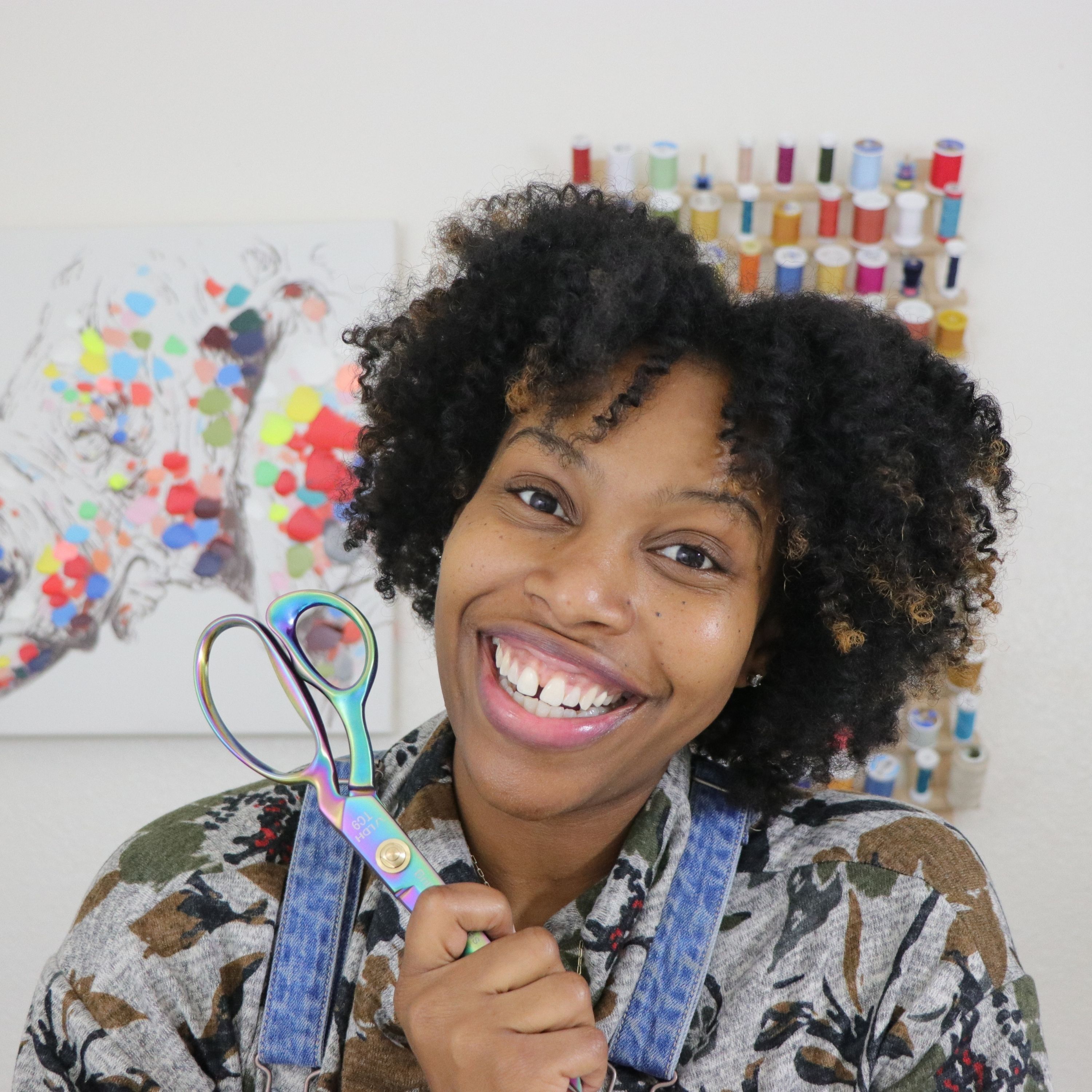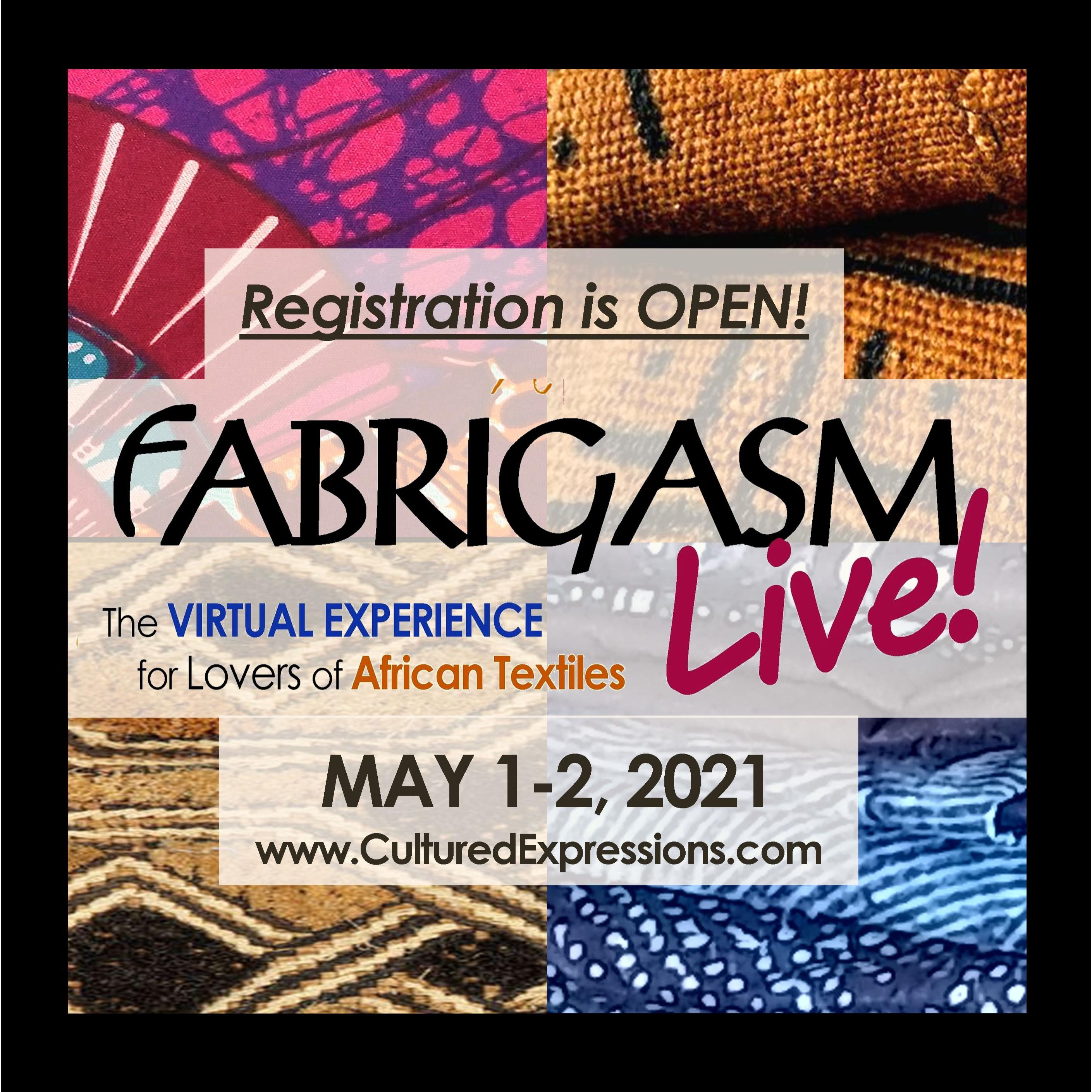Join the Black Women Stitch Patreon.
Serena
Serena sews and collects vintage patterns and sewing machines. She enjoys creating vintage content from the 1940s-1950s for Instagram and YouTube to help encourage diversity in the vintage world and share her passion for vintage style. She enjoys dressing up and creating her vintage reality.
Lisa Woolfork
Lisa Woolfork is an associate professor of English, specializing in African American literature and culture. Her teaching and research explore Black women writers, Black identity, trauma theory and American slavery. She is the convener and founder of Black Women Stitch, the sewing group where Black lives matter. She is also the host/producer of Stitch Please, a weekly audio podcast that centers Black women, girls, and femmes in sewing. In the summer of 2017, she actively resisted the white supremacist marches in her community, Charlottesville Virginia. The city became a symbol of lethal resurging white supremacist violence. #Charlottesville. She remains active in a variety of university and community initiatives, including the Community Engaged Scholars program. She believes in the power of creative liberation.
Insights from this episode:
- Insights on Serena’s style as a form of costuming
- How Serena describes her style and practice
- Her journey in transforming her wardrobe
- Serena’s journey into vintage clothing
- Serena’s favorite vintage decade
- Insights into Serena’s black vintage inspiration
Quotes from the show:
- “I felt comfortable with myself like as a person, I’ve always been into vintage” -Serena in “Stitch Please”
- “I don’t think I have a favorite, I chose my style in seasons” -Serena in “Stitch Please”
- “I love that your creative genius is not gonna be encumbered by the historical demand of the time” -Lisa in “Stitch Please”
- “I think the word authentic is a word that gets absolutely beaten to death, it gets overused. There are some folks that will have you think that authenticity is a thing that you do, rather than who you are” -Lisa in “Stitch Please”
- “First, I am a creator. I like to dress in the past, but I like to leave room for creativity” -Serena in “Stitch Please”
- “I think 100 percent historical accuracy is not realistic” -Serena in “Stitch Please”
- “I try not to be too inspired by people that I can’t talk to and relate to, and usually that not gonna be celebrities. I try and find inspiration in everyday things and people” -Serena in “Stitch Please”
- “I try and find inspiration from all types of people in all walks of life because I don’t want to live in this tunnel of monotony” -Serena in “Stitch Please”
- “Never believe you are ever done learning” -Serena in “Stitch Please”
- “Don’t underestimate the power of just trying because you really don’t know if you are capable until you actually try” -Serena in “Stitch Please”
Stay Connected:
Lisa Woolfork
Instagram: Lisa Woolfork
Twitter: Lisa Woolfork
Serena
Instagram: Sewrena
YouTube: SewRena
This episode was produced and managed by Podcast Laundry.
Sign up for the Black Women Stitch quarterly newsletter
Check out our merch here
Leave a BACKSTITCH message and tell us about your favorite episode.
Join the Black Women Stitch Patreon
Check out our Amazon Store
Stay Connected:
YouTube: Black Women Stitch
Instagram: Black Women Stitch
Facebook: Stitch Please Podcast




